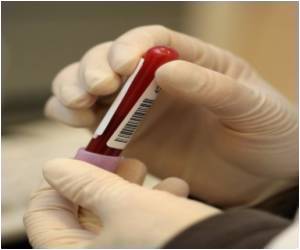Patients undergoing plastic or reconstructive surgery should receive a risk assessment before their procedure to predict whether they'll develop potentially fatal blood clots in the legs

The study evaluated the Caprini Risk Assessment Model, a standard measurement tool used to assess the likelihood a patient will develop dangerous clots in the deep veins of the legs or lungs after surgery.
"Our data demonstrates that the Caprini Risk Assessment Model is a useful and effective tool for predicting how likely a patient is to develop venous thromboembolism (VTE) after plastic surgery," says Christopher J. Pannucci, the study's lead author.
"We found that the higher a patient's Caprini score, the more likely the patient is to develop blood clots after surgery. We also found that patients with the highest scores were at disproportionately greater risk for developing clots if no clot-preventing medications were administered within 60 days after surgery," Pannucci said.
For the study, researchers reviewed medical record data from 1,126 patients who had plastic or reconstructive surgery and who received no clot-preventing medicines after surgery.
The study has been published in the November 2010 Journal of the American College of Surgeons.
Advertisement















